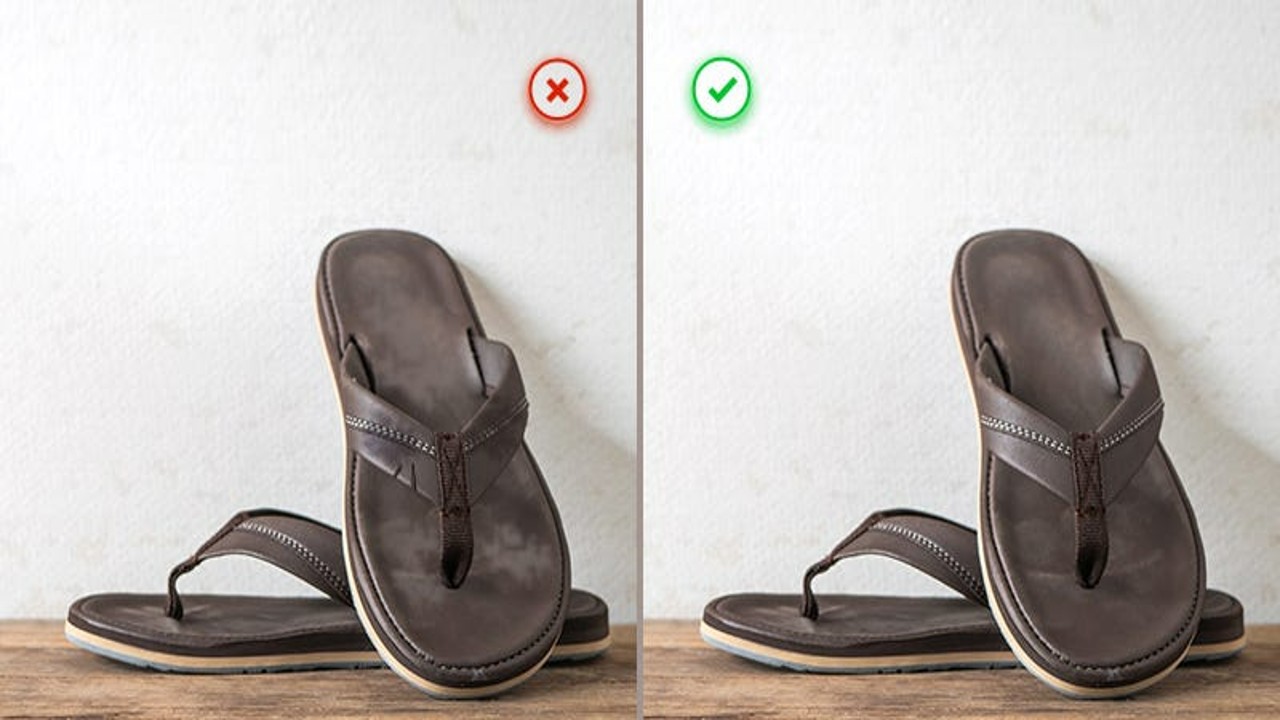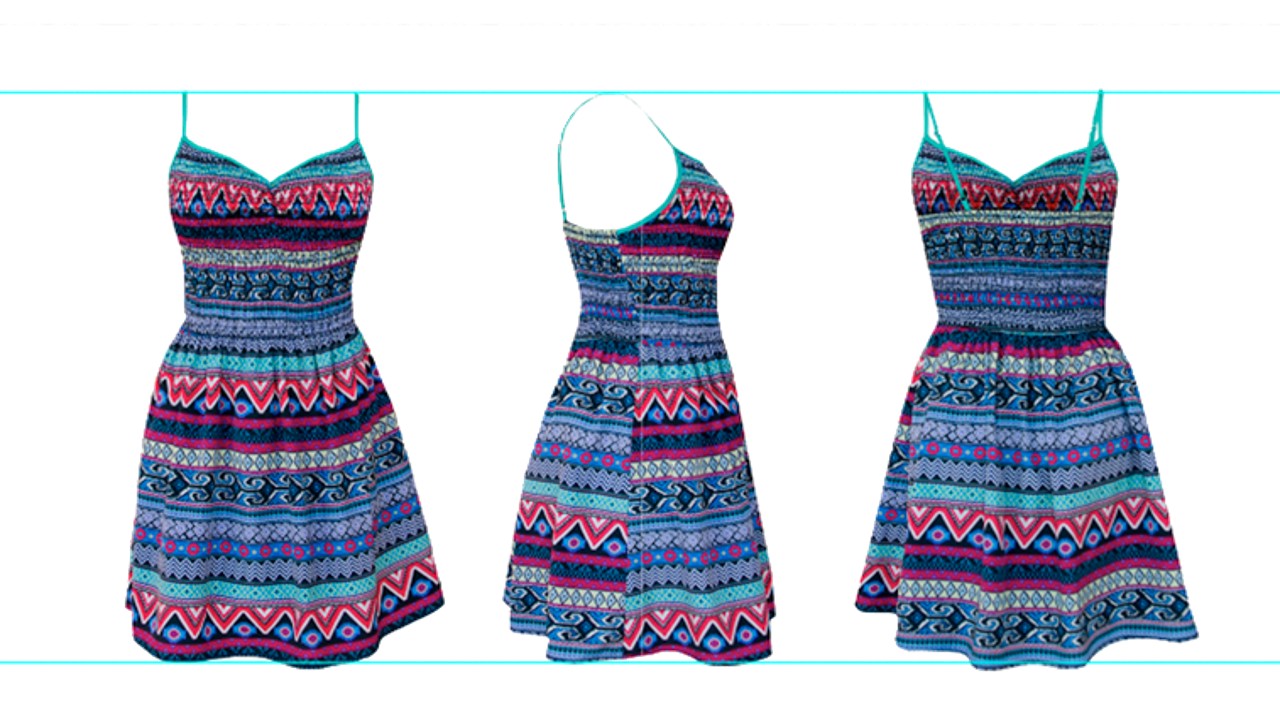
Common Mistakes to Avoid When Photographing Products for E-Commerce
In the realm of e-commerce, the significance of product photography cannot be overstated. It serves as the visual gateway between potential customers and your products, influencing purchasing decisions profoundly. However, amidst the rush to showcase products online, many e-commerce businesses make critical errors in their product photography. This article delves into these common mistakes and provides insights on how to avoid them.
Importance of Product Photography for E-commerce:
Effective product photography is akin to having a compelling in-store display in the online world. It creates the first impression of the product and significantly impacts consumer behavior. High-quality images can enhance trust, convey product details accurately, and ultimately drive sales. In contrast, poor photography can deter potential customers and diminish brand credibility.
Common Mistakes in Product Photography:
Improper Lighting:
One of the most prevalent mistakes is inadequate or improper lighting. Dimly lit photos fail to highlight product features and can distort colors, leading to inaccurate representations. Conversely, harsh lighting can create unflattering shadows and reflections, detracting from the overall appeal.
Using Low-Quality Images:
In the digital landscape, where visuals reign supreme, using low-resolution or pixelated images is a cardinal sin. Blurry or distorted photos not only diminish the professionalism of your brand but also fail to provide customers with a clear understanding of the product.
Ignoring Product Details:
E-commerce shoppers rely heavily on visuals to assess product quality and features. Neglecting to capture essential details from various angles or omitting close-up shots can leave customers with unanswered questions, fostering hesitancy and reducing conversion rates.
Neglecting Image Editing:
Raw images often require refinement to achieve optimal quality. Failure to edit photos for consistency, color correction, and minor imperfections can result in a disjointed product catalog that fails to impress potential buyers.
Inconsistent Branding:
Maintaining brand consistency across all visual elements is paramount in establishing a cohesive online presence. Inconsistent photography styles, backgrounds, or image formats can confuse customers and dilute brand identity.

Tips to Avoid Common Mistakes:
Invest in Lighting Equipment:
Adequate lighting is the cornerstone of great product photography. Invest in professional lighting equipment or utilize natural light effectively to showcase products in the best possible manner.
Use High-Quality Cameras:
Quality starts with the camera. Invest in high-resolution cameras capable of capturing intricate details accurately. DSLR cameras or advanced smartphone cameras with manual settings can yield impressive results.
Focus on Product Details:
Capture multiple shots from various angles to highlight product features comprehensively. Close-up shots can showcase texture, craftsmanship, and unique selling points, instilling confidence in potential buyers.
Master Image Editing Tools:
Become proficient in image editing software like Adobe Photoshop or Lightroom. Enhance photos by adjusting brightness, contrast, saturation, and removing imperfections to create visually stunning images.
Maintain Brand Consistency:
Develop a style guide for product photography, outlining preferred backgrounds, angles, and editing techniques. Consistent branding fosters recognition and trust, reinforcing your brand’s identity across all channels.

Conclusion:
In the competitive landscape of e-commerce, the quality of product photography can make or break a sale. By avoiding common mistakes such as improper lighting, low-quality images, neglecting product details, skipping image editing, and inconsistent branding, businesses can elevate their online presence and drive conversions. Embrace these tips to enhance the visual appeal of your products and captivate your target audience effectively.
FAQs:
How important is product photography in e-commerce?
- Product photography is exceptionally crucial in e-commerce as it serves as the primary visual representation of your products to potential customers. High-quality images can significantly impact purchasing decisions by conveying product details, instilling trust, and enhancing the overall shopping experience.
What are some affordable lighting options for product photography?
- There are several affordable lighting options for product photography, including natural light, inexpensive LED light panels, softbox lighting kits, and DIY lighting setups using household lamps. Experimenting with different light sources can help achieve desired results without breaking the bank.
How can I ensure consistency in my product photography across different platforms?
- To ensure consistency in product photography across various platforms, develop a comprehensive style guide outlining preferred photography techniques, backgrounds, angles, and editing standards. Implementing standardized practices and utilizing consistent branding elements can help maintain uniformity across all channels.
Are there any free image editing tools available for beginners?
- Yes, there are several free image editing tools available for beginners, such as GIMP, Pixlr, Canva, and Adobe Photoshop Express. These user-friendly software options offer essential editing features, making them ideal for individuals new to image editing.
What role does product photography play in building brand credibility?
- Product photography plays a significant role in building brand credibility by showcasing products in the best possible light and conveying professionalism and attention to detail. High-quality images instill confidence in potential customers, reinforcing brand credibility and fostering trust in the brand’s offerings.


